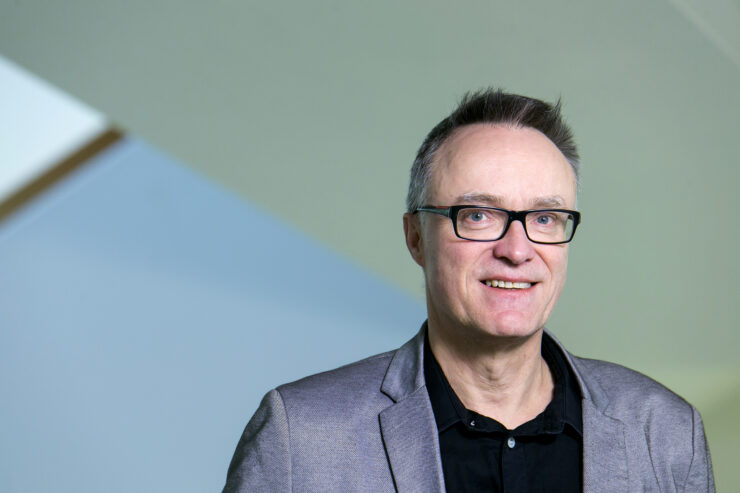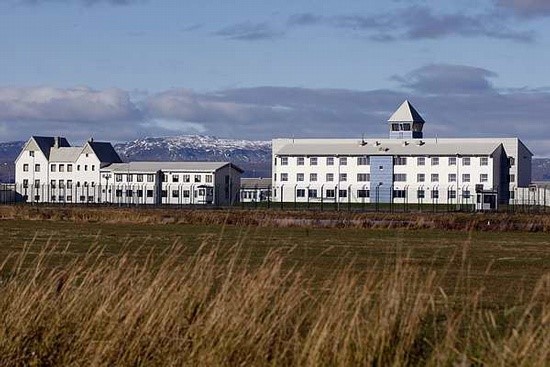
Participating in the NSfK annual research seminar is always a pleasure. Meeting scholars old and new, socializing with colleagues and friends in person is truly an enriching experience. New ties are formed and future research projects planned. We learn about new research findings from academia and practitioners alike. Nordic cooperation at its best.
This year the conference was held in Finland, May 8–10, 2023 at the Scandic Aulanko hotel in Hämeenlinna, a comfortable facility including a spa in beautiful surroundings. The theme focused on the future of punishment, reducing recidivism and promoting societal integration. As before, other topics also welcome. I decided to choose a topic close to the theme of the conference; recent prison alternatives in Iceland.
During 2015–2019, I participated in a NSfK research project addressing crime and punishment in four Nordic island societies (see Lauritsen, 2019). My piece in the final report focused on Iceland and Icelandic criminal control developments in the new milliennium. A growing number of prison sentences decided by the courts had been detected in Iceland during 2007–2016, or about a 20% increase.
In my presentation in Finland, I updated some of the findings from the report contribution. The total number of prison sentences meted out by the courts since 2017 had apparently stayed pretty much stable, even though some fluctuations can be observed. The total prison length of the convictions measured in years had, however, increased markedly. Prison capacity in Iceland has not changed much in recent years to meet this challenge, despite a new prison facility opening in Reykjavík in 2017. Three older prison facilities were closed at the same time, resulting in a small addition of prison spaces, totalling less than 200 in 2023.

As a response to the prison system pressure, prison authorities have developed different types of prison alternatives to meet a growing number of prison convictions over time. Non-custodial sanctions have increasingly been adopted in recent decades in Iceland. Community work has been possible since 1995, and since 2021, open for those who receive a 24-month unconditional prison sentence, or less. Electronic monitoring has been offered since 2012, now for those who receive more than a 12-month unconditional prison sentence or longer, enabling an earlier prison release than before (back-door policy). Those who are nearing completion of a long prison sentence and have secured a job, or follow an education program, are moreover eligible to serve their sentence at Vernd, a half-way house in Reykjavík, run by a private non-profit organization, before being electronically tagged at home or work. Finally, more open prison units are now available than at the beginning of this century.
These alternatives to prison suggest a tendency in Iceland to introduce punishment types with potential rehabilitation qualities in dealing with crime control. At the same time, these measures have reduced government expenditures on prisons, being less costly, and are thus politically attractive. Moreover, these non-custodial prison alternatives have helped to reduce the pressure on a prison system suffering from a long list of convicts awaiting completion of their prison sentence. Thus, it is safe to argue that Iceland has moved away from more punitive penal practices and opened up pathways toward milder prison alternatives. Yet funding has continued to be a major obstacle. More professional help to inmates, including rehabilitation programs, both inside prisons and after release, are still limited and typically understaffed.
References
Lauritsen, A. N., (2019) Crime and Crime Control in Four Nordic Island Societies: The Faroe Islands, Greenland, Iceland and the Åland Islands. Århus: Scandinavian Research Council for Criminology.
Accessed June 9, 2023: https://www.nsfk.org/wp-content/uploads/sites/10/2019/10/Report_Crime-punishment-social-marginalization-and-rehabilitation-in-small-societies.pdf
Helgi Gunnlaugsson is Professor of Sociology at the University of Iceland. He has a PhD in sociology from the University of Missouri, specializing in criminology and sociology of law. His research interests include criminology, penal policies and the problem of drugs and alcohol in society.
